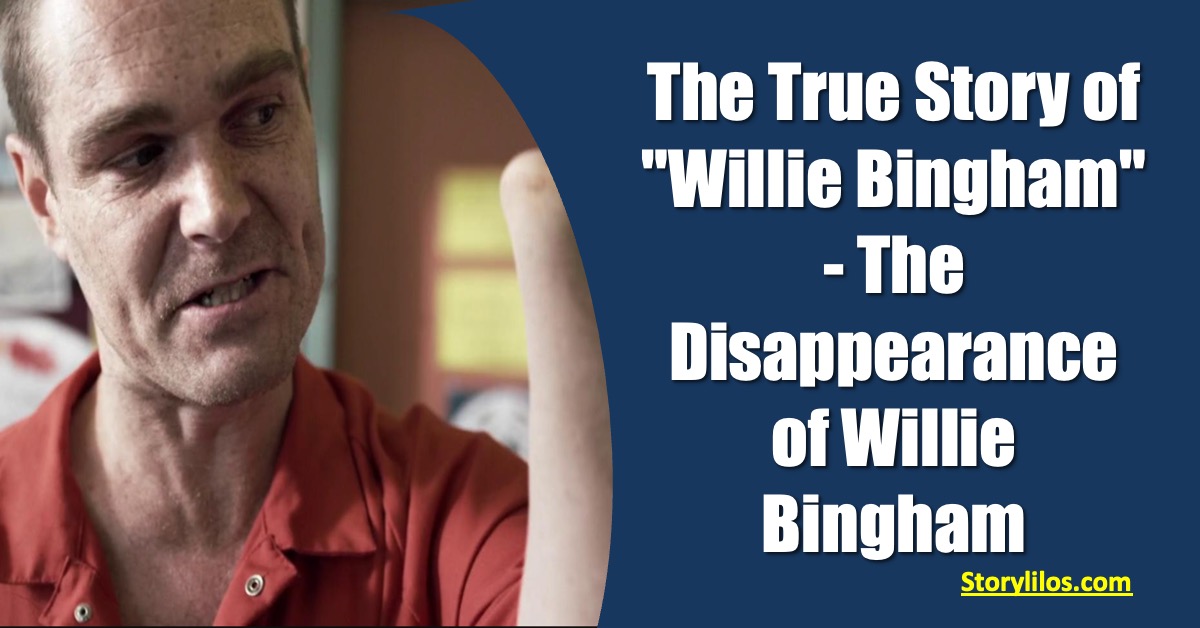In the gripping true story of Willie Bingham, we are confronted with the controversial concept of an eye for an eye taken to terrifying extremes. The procedures, performed live in front of the victims’ families, add another layer of horror to this already haunting tale. However, what makes this story even more disturbing is the fact that these procedures only stop when a relative requests it.
This aspect raises ethical questions about justice and revenge. While some may argue that allowing victims’ families to witness and be a part of such retribution brings them closure and satisfaction, others question whether this form of punishment truly serves any purpose beyond satisfying our primal instincts for revenge. Does subjecting relatives to such intense scenes really bring healing or does it merely perpetuate a cycle of violence and trauma?
Furthermore, it highlights the power dynamics at play within our justice system. By granting control over when these operations end solely to the victims’ families, society relinquishes its own authority over deciding appropriate punishments for crimes committed. This raises concerns about how subjective emotions can influence justice and whether vengeance should ever be prioritized over rehabilitation and prevention.
The true story version of an eye for an eye portrayed in Willie Bingham forces us to confront uncomfortable truths about our understanding of justice, revenge, and the role emotions play in shaping our legal systems. It urges us to question whether there are limits to retribution and if there could be alternative paths towards healing both for victims’ families and society as a whole.
The disappearance of Willie Bingham plot summary
Imagine a world where justice takes on a whole new meaning. A world where the punishment for heinous crimes goes far beyond imprisonment or even death. In Matt Richards’ dark and satirical short film, Willie Bingham, we are plunged into a society that has adopted progressive amputation as an extreme form of retribution. This disturbing exploration of punishment forces us to question not only our own ideas of justice, but also the limits of human empathy.
Through its pitch-black satire, Willie Bingham presents us with a disturbingly plausible future, where criminals face amputations as punishments for their crimes. The film follows the life of Willie Bingham, a man convicted of murder and sentenced to have his limbs amputated one by one in public viewings. As we watch people cheer and celebrate these grotesque spectacles, we are forced to confront our own voyeuristic tendencies and question the morality behind such barbaric acts.
Richards brilliantly exposes the absurdity and cruelty inherent in this fictional society’s pursuit of justice through progressive amputation. By pushing this concept to its extreme, he challenges us to examine our own beliefs about punishment and retribution. Does cutting off someone’s limb truly serve justice? Or is it simply another gruesome display masquerading as righteous punishment? Willie Bingham forces us to confront uncomfortable truths about our own fascination with violence in society, leaving us questioning whether true justice can ever be achieved through such drastic means.
Note: This response contains potentially
What is the disappearance of Willie Bingham story about?
Willie Bingham’s story is arguably one of the most shocking and disturbing cases in criminal justice history. The implementation of Progressive Amputation, a radical new justice program, symbolizes a turning point in modern society’s approach to punishment. While some may view this method as cruel and unusual, others argue that it represents a progressive and unconventional form of justice.
Progressive Amputation aims to deter criminals from committing heinous acts by subjecting them to the very same suffering they inflicted upon their victims. It is undoubtedly controversial, blurring the lines between rehabilitation and revenge. As we delve into Willie Bingham’s experience with this punishment, we are forced to question our own notion of morality and the limits of retribution.
By choosing such an extreme form of punishment, the government seems to be sending a clear message: that there are consequences for atrocious actions beyond mere incarceration. However, one must wonder if this is truly an effective means of rehabilitating perpetrators or merely an exercise in sadistic vengeance. The true impact and ethics behind Progressive Amputation remain subjects worthy of profound contemplation as our society continues to grapple with finding balance between justice and mercy.
The Disappearance of Willie Bingham ending explained
In the harrowing Australian short film Willie Bingham, director Matthew Richards intends to provoke thought and ignite a discussion on the morality of corporal punishment. Though only twenty minutes long, the film manages to leave a lasting impact on its audience by exploring the chilling consequences when society takes justice into its own hands.
At the end of the film, Bingham is left a literal husk, his arms and legs amputated as punishment for his heinous crimes. This shocking conclusion highlights not only the extreme measures taken in this dystopian world but also raises questions about how far society is willing to go in pursuit of vengeance. The motif of physical mutilation serves as a powerful metaphor for dehumanization and further emphasizes the themes of revenge and retribution that permeate throughout.
Bingham’s transformation from man to mere torso begs us to consider our own roles in perpetuating violence-based justice systems. The film forces viewers to confront their own attitudes towards punishment and calls attention to potential slippery slopes that may emerge if we allow ourselves to become numb or indifferent towards such extreme measures. By leaving Bingham as an empty shell devoid of agency, Willie Bingham acts as warning against losing sight of our humanity in pursuit of what some might argue is misguided justice.
